- Log in
-
- Sydney Overseas Office
- London Overseas Office
- Toronto Overseas Office
- Los Angeles Overseas Office
- New York Overseas Office
- Ulaanbaatar Overseas Office
- Dubai Overseas Office
- New Delhi Overseas Office
- Manila Overseas Office
- Jakarta Overseas Office
- Hanoi Overseas Office
- Kuala Lumpur Overseas Office
- Singapore Overseas Office
- Bangkok Overseas Office
- Map
- Sydney Overseas Office
- London Overseas Office
- Toronto Overseas Office
- Los Angeles Overseas Office
- New York Overseas Office
- Ulaanbaatar Overseas Office
- Dubai Overseas Office
- New Delhi Overseas Office
- Manila Overseas Office
- Jakarta Overseas Office
- Hanoi Overseas Office
- Kuala Lumpur Overseas Office
- Singapore Overseas Office
- Bangkok Overseas Office
Travelogues
-
-
-
[Jeonju, Dankyung] City of traditions
-
06/04/2019
2.1K
-
0
0
-
-
-
-
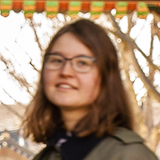
Korea Travel Qrator
Shangina Victoria
: Russia


Korea Travel Qrator
Shangina Victoria
: Russia
Jeonju-city
of traditionsMarch 9-10, 2019
#Koreatour #Jeonju #Spring #Hanbok #Mr Sunshine
* Korea Travel Qrator : A travel expert who explores Korea Quality-certified facilities and conveys the feeling of travel through vivid experience contents.
Jeonju Hanok Village,
Gyeonggijeon Shrine,
Royal Portrait MuseumJeondong Catholic Cathedral,
Jaman Mural Village,
Deokjin parkTraveler's
Room01Jeondong Catholic Cathedral,
Jaman Mural Village,
Deokjin parkWhen you are staying in Korea for quite a time you want to widen your borders and leave Seoul with its N-Seoul Tower and Lotte World for something more traditional and natural.
I love visiting the old streets of Seoul where there are many traditional Korean houses - hanok. They calm me down and give a glimpse of how people used to live when there were no Internet, phones, and cars. But unfortunately, there are not so many hanok streets in Seoul. I wondered where I can go to feel the same historical vibes. After a brief search, I made my choice on Jeonju.
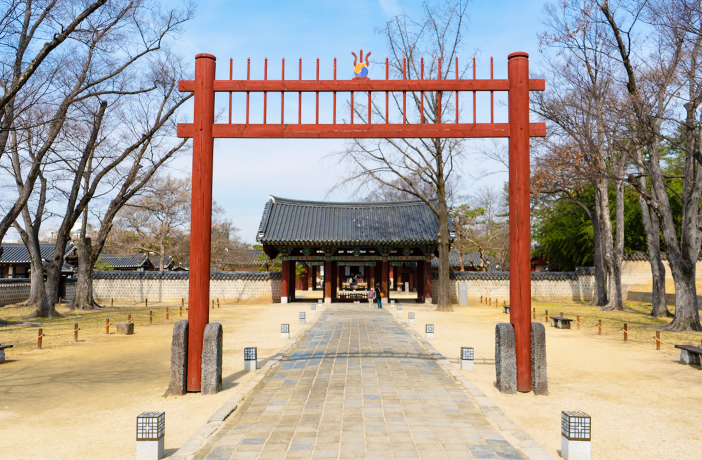
The entrance to Gyeonggijeon Shrine Complex
Jeonju is a nice middle-sized city (16th largest city in South Korea) in Jeollabuk-do which is placed to the West South from Seoul. I bought my bus ticket from https://txbuse.t-money.co.kr as I usually do (where English is available). I used to buy tickets at the bus terminal but it takes so much time and effort so I switched to online reservation. It takes almost 3 hours to get there from Seoul so I decided to take the earliest bus so I could enjoy Jeonju all day long.
When I was planning my trip I read about Jeonju Hanok Village, Jeondong Catholic Cathedral, Gyeonggijeon Shrine, Royal Portrait Museum, and Jaman Mural Village. I thought that I will not be able to visit them all in just one weekend but it appeared that they all are very close to each other. Frankly speaking, they are all part of the Jeonju Hanok Village. So from the Jeonju Bus Terminal, it took 20 minutes by the city bus to Jeonju Hanok Village, where I could see and visit all attractions.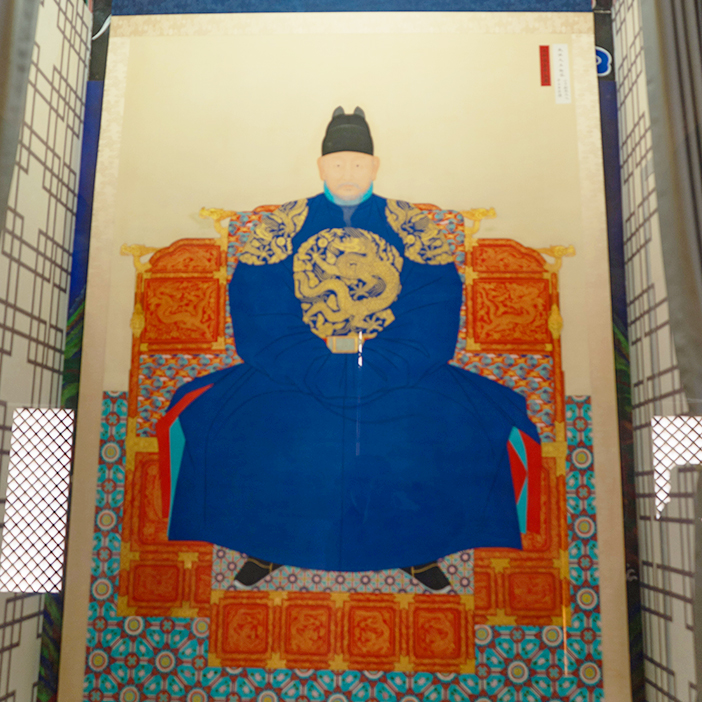
King Taejo portrait copy in Royal portrait museum
I started my adventure from the Gyeonggijeon Shrine and Royal Portrait Museum. To visit them I bought a ticket at the entrance of the Gyeonggijeon Hall Shrine Complex. It costs only 3,000 won per adult and 1,000 won per kid. For that price, I visited Gyeonggijeon Shrine, Royal Portrait Museum, bamboo forest, and History Archives. It was worth it. I found out much more about Korean history of the Joseon Dynasty.
Jeonju is home of the founder of the Joseon Dynasty - King Taejo (Yi Seong-gye). The main building of the Gyeonggijeon Hall is a shrine that was built to securely store his portrait.
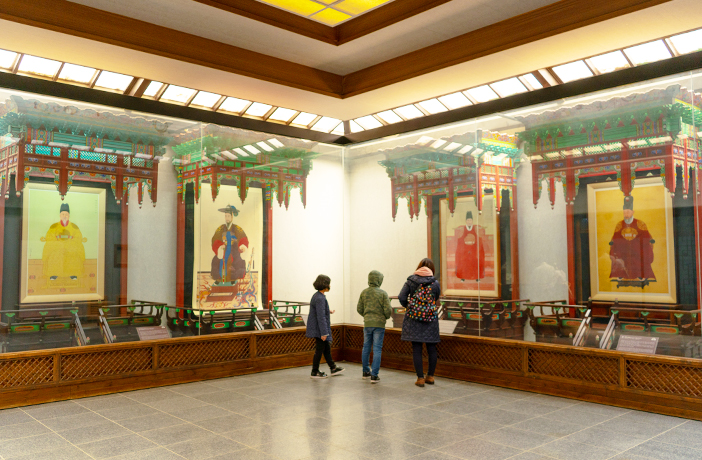
Portrait hall in Royal portrait museum
When you actually visit the hall, you will see a copy of the portrait because the original is stored in the safe archive. In the Royal Portrait Museum, there is also a copy made by the artist Gwan O-chang in 2011.
Don’t be disappointed as these safety measures are inevitable since the original portrait is one of the only three portraits among the 25 kings of Joseon Dynasty that remained. There where 25 kings but only few of them has a portrait made while they were alive - dosa type portrait. The chusa type of portrait, on the other hand, is made long time after the king’s death. Also, the King Taejo portrait in Jeonju is the evidence of his appearance that survived war and fires. So when you see the kings’ portraits in the museum, there is a high possibility that the portraits are chusa type, painted many years after their death by their descendants based on memories, face description and bone structure of their kids. In the museum, I also saw portraits of King Sejong The Great, King Yeongjo, King Jeongjo, King Gojong, King Cheoljong, and King Sunjong.You can dive in to more specific details during the visit to the Royal Portrait Museum. The museum has two floors dedicated to the history of royal portraits, paper production and they have a nice collection of palanquins.
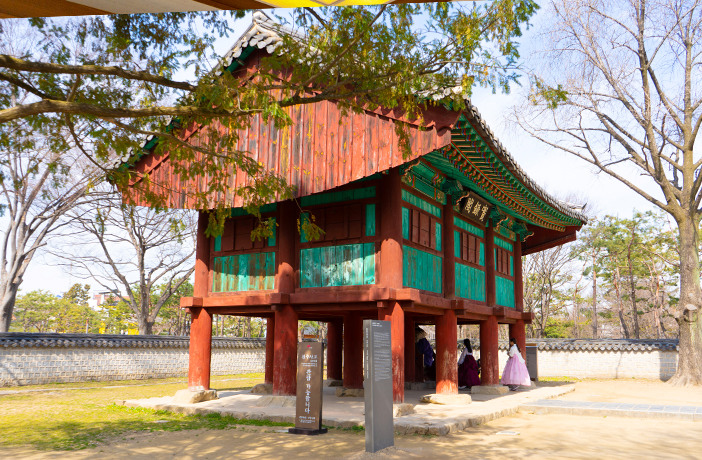
Jeonju History Archives is part of Gyeonggijeon Shrine complex
Another interesting place to see inside the complex is Jeonju History Archives. Jeonju History Archives is a building in the garden area. The most interesting aspect is that you can enter this small building by climbing up the stairs. Although nowadays this building just provides information, it used to store royal annals - annual records of Korean history.
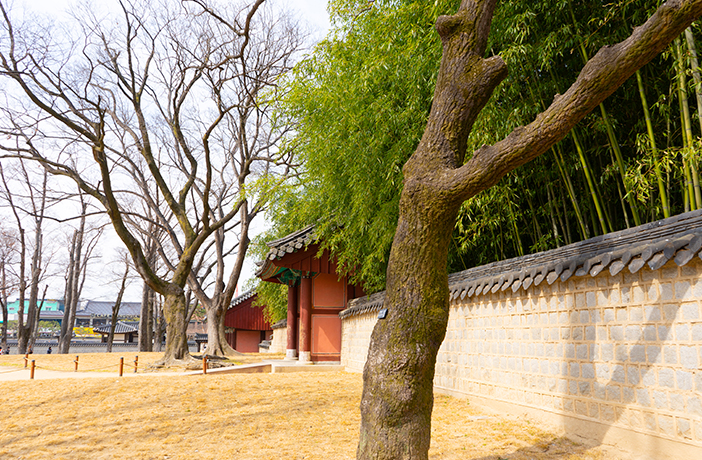
Bamboo forest in Gyeonggijeon Shrine is the most popular photo spot in Jeounju
The garden itself is maybe the most popular place in the hanok village. Tourists adore the bamboo forest within the garden. Pictures taken there are the most iconic and Instagram is full of garden pictures taken in Jeonju. Beside the bamboo forest, there are many ginkgo and plum trees in the garden. There is one very special plum blossom tree that almost lies on the ground. This tree symbolizes the royal servants as it resembles a bowing posture. The Gyeonggijeon Hall is a nice place to get closer to Korean history and take amazing photos in historic scenery.
The best time to go there is spring and fall as cherry and plum trees are in full bloom in spring while ginkgo tree leaves are bright yellow in fall. Also, the Joseonwangjosillok Ceremony takes place in fall, a ceremony when the history annals and the kings’ portraits are presented to the public.
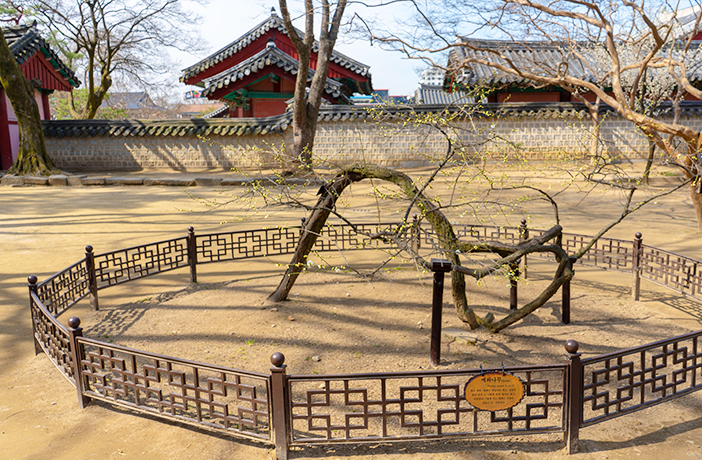
Plum blossom tree in a treasure of Gyeonggijeon Shrine
It was interesting to find out that a descendant of Yi clan still lives nearby the Gyeonggijeon Hall - I found a memo table saying that Yo Seok is living in the neighborhood nearby the palace. It is nice that traditions and history are cherished in Jeonju.
02Jeondong Catholic Cathedral,
Jaman Mural Village, Deokjin park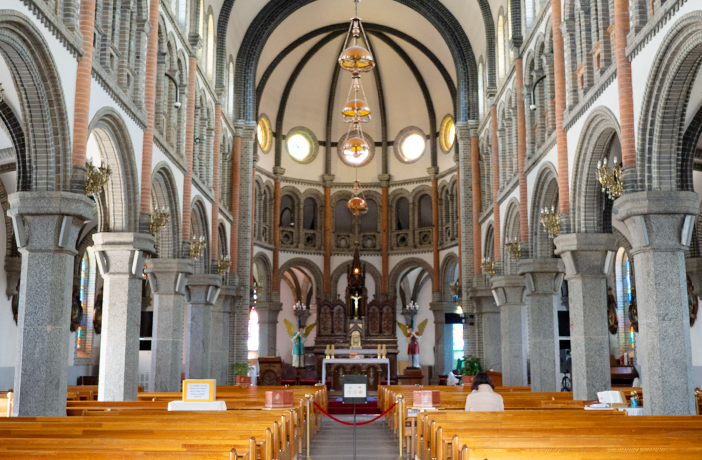
The interior of Jeondong Catholic Cathedral is majestic
My second destination was Jeondong Catholic Cathedral. It stands out from the traditional Korean architecture style of the hanok village which creates an interesting contrast of Asian and European influence in the history of Jeonju and Korea.
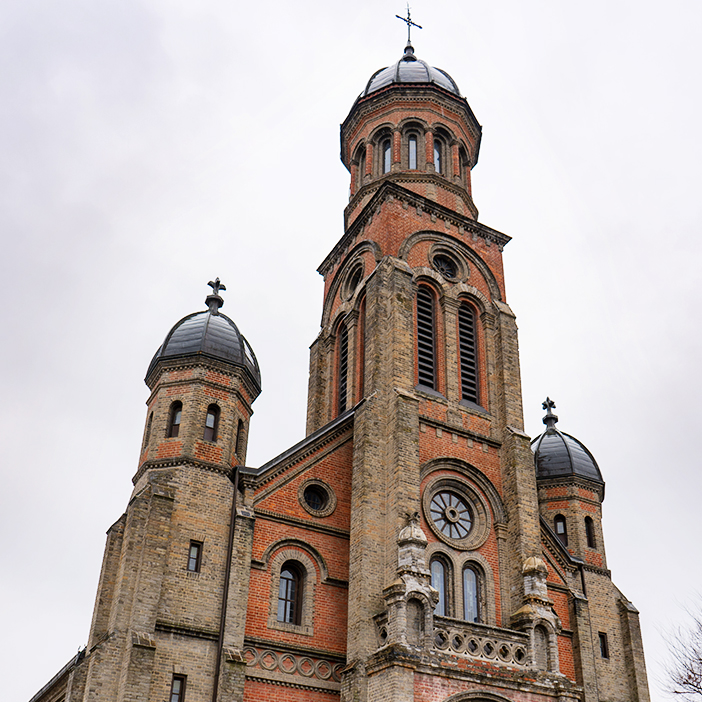
Jeondong Catholic Cathedral
I visited it twice on Saturday and Sunday. On Saturday, it was closed for visiting so I could not enjoy the church interior, but on Sunday after the mass, anyone can enter the church and experience solitude within the silent and graceful atmosphere. After visiting the church, I found out that the building was made using materials from the Jeonjueupseong Fortress, which was torn down by the Japanese. The outstanding history of the church building surprised me even more when I found out that Priest Poinel, the person who founded this church, also took part in establishing the Myeongdong Cathedral - my favorite building in Seoul.
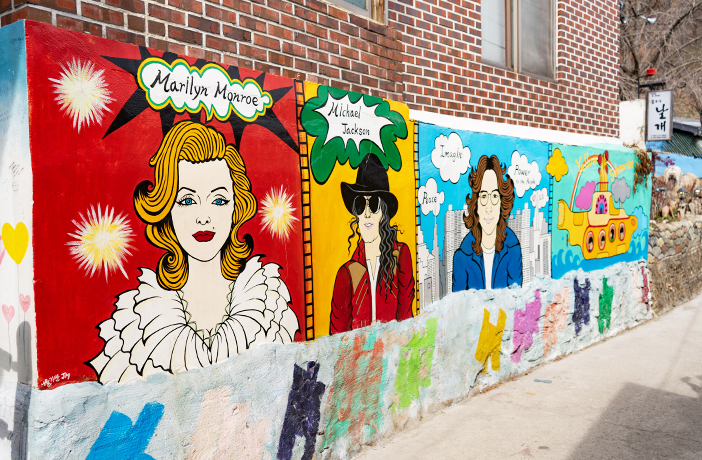
Colorful Jaman Mural Village
The next stop was Jaman Mural Village - it is a small village 500 meters away from Jeonju Hanok Village, where ordinary people decided to color their life in bright colors. They painted brick fences and walls with characters of their choice. There are flowers, movie actors, cartoon and comic book characters. It is a nice place to have a walk and observe the atmosphere of a modern Korean village. There are many cozy cafes and souvenir shops. People come here to take pictures and take a coffee break.
I decided to eat ice cream on a rooftop of one of the cafes and enjoy the nice view of the Jeonju Hanok Village and the nearby river.
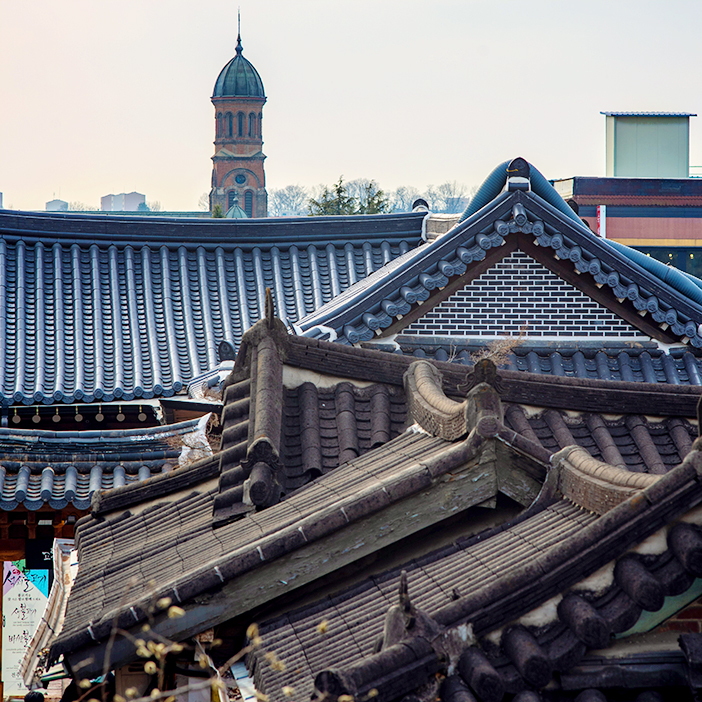
Jeonju Hanok Village
The most popular activity in Jeonju is trying out traditional Korean costumes and taking pictures among the pleasant scenery of the hanok village. I saw both young and old people enjoying it. The most adorable were kids, of course. However, lately, the hanbok is not the only one type of costumes you can try out. There were many places where you can try on clothes from the late 19th century. It got very popular thanks to the drama Mr. Sunshine that takes place in 1871. Elegant costumes and dresses looked so nice among the traditional Korean background. Also, there were many people who chose to wear Korean school uniform over other costumes. Minimalist black and white suites with school bags attract not only the young but even middle-aged people. I was really surprised how Korean people were very enthusiastic about costumes regardless of age.
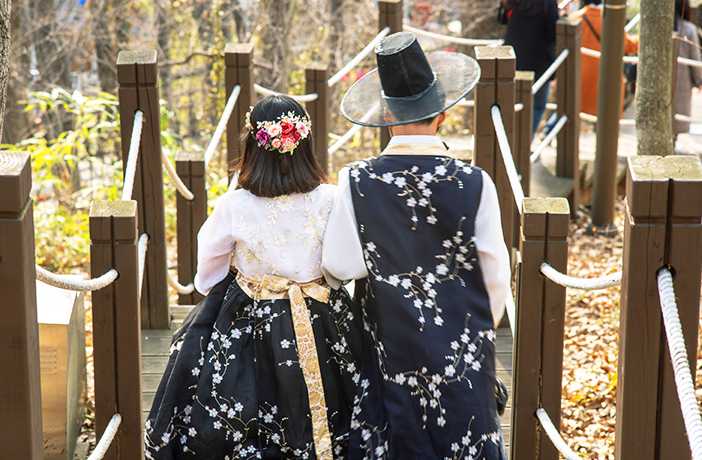
Jeonju Hanok Village is popular place for taking pictures in traditional Korean costumes
As for food options, Jeonju Hanok Village is full of finger-licking good food but I decided to try the most famous ones - Jeonju bibimbap and tteokgalbi. Bibimbap is a very special Korean dish that combines all the essential tastes of a traditional cuisine.
Depending on the type and location, bibimbap contains over 10 various vegetables and garnish on top of the cooked rice and along with an egg. Dolsot bibimbap in particular is served in a hot stone pot so the dish continues to cook while you mix and stir all the ingredients together. It is always seasoned with red pepper paste so be sure that you put the right amount of red paper paste to not spoil your experience with a burned mouth. I always make that mistake. Jeonju bibimbap is one of the most famous types of bibimbap. There are more than 30 toppings that can be used in it. Ingredients vary depending on the season.
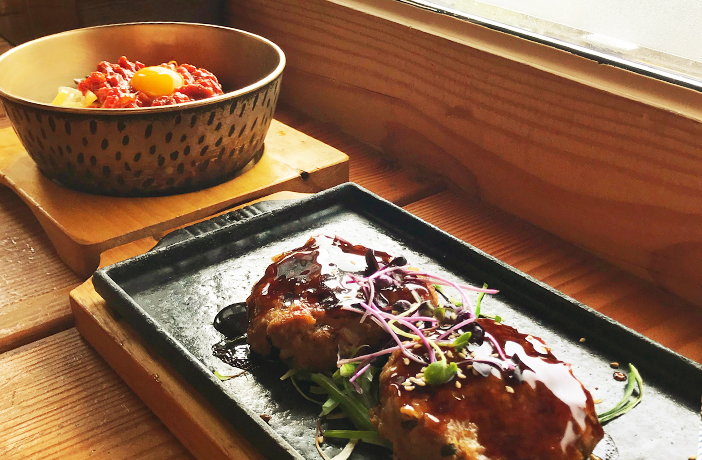
Jeounju Bibimbap and Tteokgalbi are local delicacies
However, there are only three key ingredients: soybean sprouts, hwangpo muk (yellow mung bean jelly) and yukhoi (Korean style beef tartare). Another unique thing about Jeonju bibimbap is that the rice is made with beef bone broth. It tasted healthy and it fulfilled me with all the essential nutrients. Another dish I ate was tteokgalbi. It is charcoal-grilled short rib patties. Tteokgalbi combines the best taste of two worlds: bbq and ground beef patties. It is smoky and juicy. I definitely recommend to try it if you are not used to with spicy food as it is not spicy at all.
On the second day, it was raining. I was really sad as I wanted to visit another interesting place - Deokjin Lake. I took a city bus that goes directly from the Hanok Village to Deokjin Park.
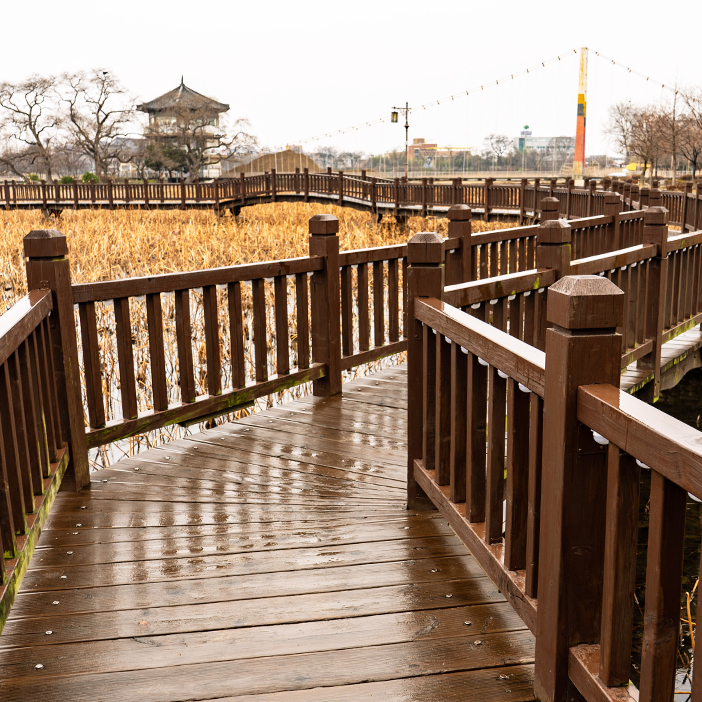
Sadly Deokjin park is under construction
As usual, I used Kakao Map for it. So far, it is my favorite app to navigate around Korea as it makes a route and shows the exact bus arrival time. However, it requires the Internet. There are many cafes and Wi-Fi spots in the hanok village so you can find a way to use Kakao Map app. The other alternative is Naver Map. Just choose what you like the most. I also suggest using Maps.Me offline card to navigate around Jeonju and a paper map to learn more about destinations. In the paper map, there’s also a bus list and bus stops tagged.
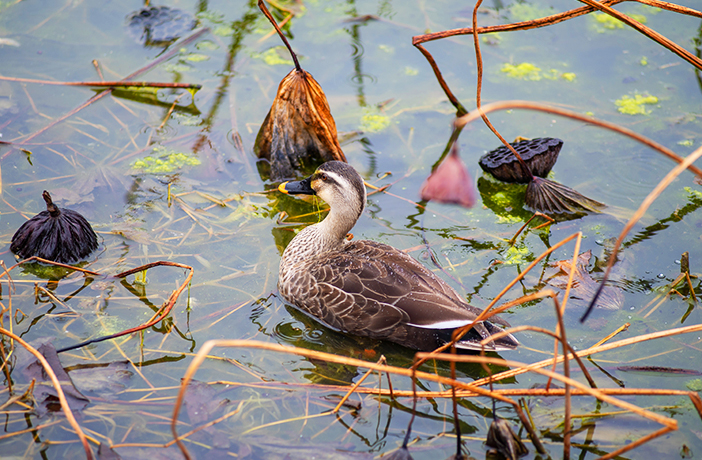
Deokjin park is home for many ducks
Yet another disappointment happened when I arrived at the park. The famous lake bridge is currently under construction so I could not visit the lake cafe as I planned. Plus the spring is not a good season to visit lotus lake as lotuses are not in bloom. However, there were many ducks. I enjoyed watching and feeding them. Next time I will visit it in fall when lotuses are fully bloomed.
I really enjoyed my short trip to Jeonju. I want to come once more in fall when ginkgo leaves are golden yellow and lotuses are in bloom.
03Traveler's Room :
Traditional house with comfort and artsy touchTo fully enjoy hanok village experience, choose Dangyeong. Unlike other areas of Korea, Jeonju hanoks are listed in the booking app, making room reservation very easy.
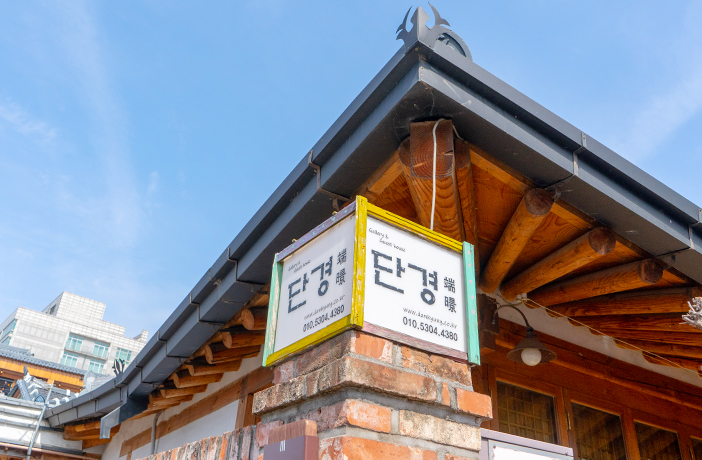
Dan Kyung Hotel is easy to find thanks to big sign
In most cases, you don’t have to pay via the app but you pay on arrival. Staying in a fully wooden house was a very nice experience that reminded me of houses in my hometown. However, this hanok has floor heating system that makes it so much more comfortable.
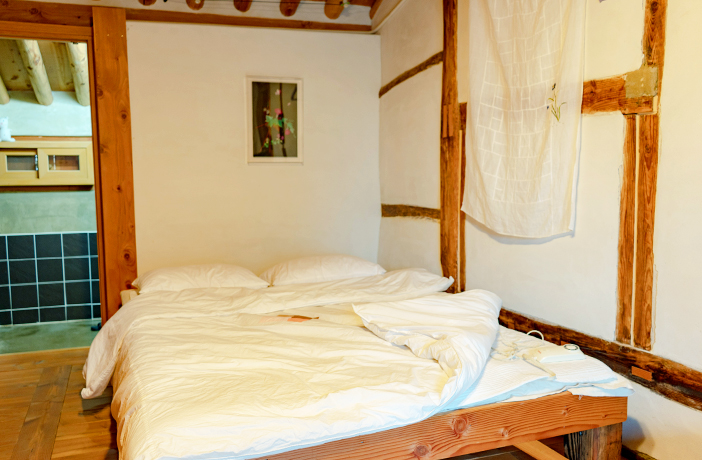
Room has nice comfy bed
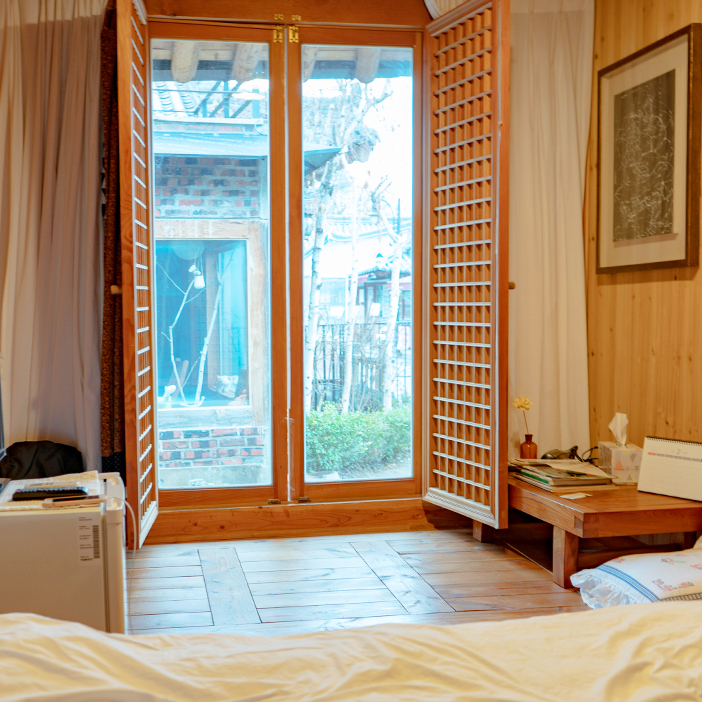
Wall sized window and nice view
In the room, I stayed, there was a European style bedding when usually in hanok I had to sleep on the floor. If you also prefer bed over floor, check for hanok options with a European bed.
The best part of the room was the big window that allowed me to watch what happens on the street. Also, there was a rooftop with nice table and chairs where I enjoyed the sunset landscape and Korean-style roof view. The hosts were very kind to allow me to choose mine among five rooms.Inner yard of the accommodation had many wooden decorations and clay sculptures. The atmosphere of the premise is very calming thanks to those small touches.
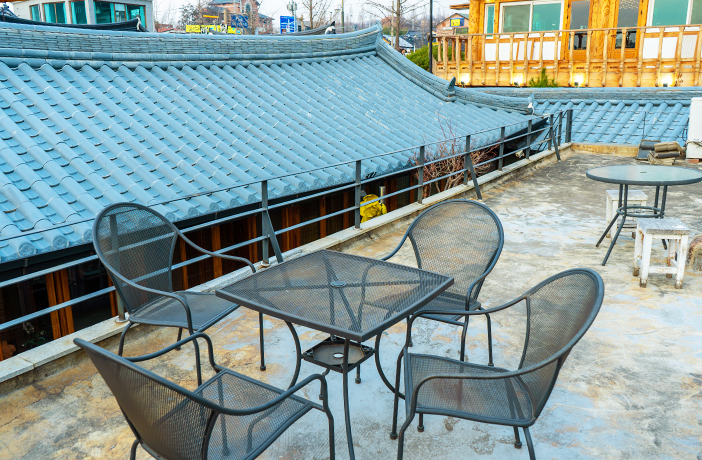
Rooftop is nice place to observe Hanok Village views
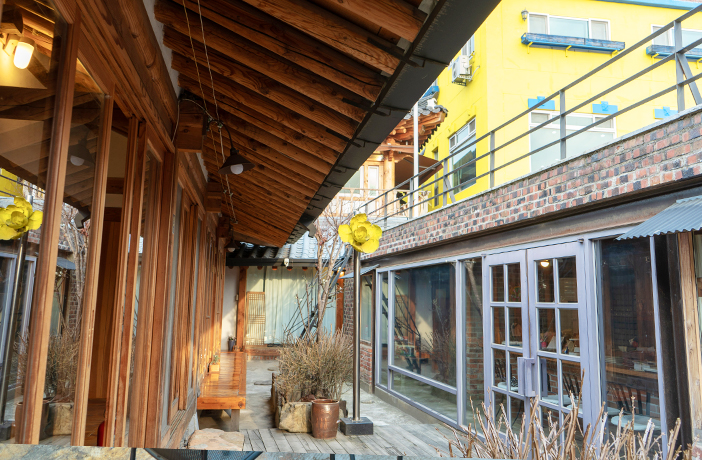
Inner yard of the Dan Kyung Hotel has artsy touch in every small detail
It was very quiet even though it was only two steps away from the main walking road of the hanok village.
After a long and exhausting trip, I really enjoyed the electric blanket that heated my bed and the hot shower. Next day, the host served a nice breakfast with toasts, yogurt, and coffee. It was very nice, as I usually don't like Korean style of breakfast with meat, soup, and many side dishes. Every hanok accommodation offers different food so be sure to check so that you are not disappointed.Hotel InformationHotel Information - Hotel name, Website, Address, Price, Tel, Check in/out Hotel name Dan Kyung Website http://www.dankyung.co.kr Address 99, Hanji-gil, Wansan-gu, 55041 Jeonju Price 130,000 won Tel (+82) 10-5304-4380 Check in/out 1 PM / 11 AM Korea Travel Qrator's TipBring some wine to enjoy evening view from rooftop of the building.
1. This column was last updated in March 2019, and therefore information may differ from what is presented here. We advise you to check details before visiting.
2. This travelogue is written by Shangina Victoria. All contents are opinions based on my own experiences.
-







